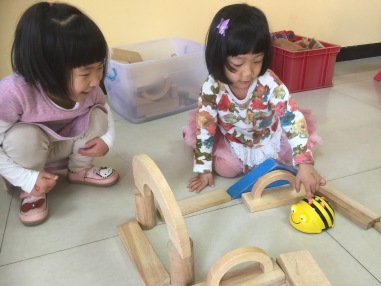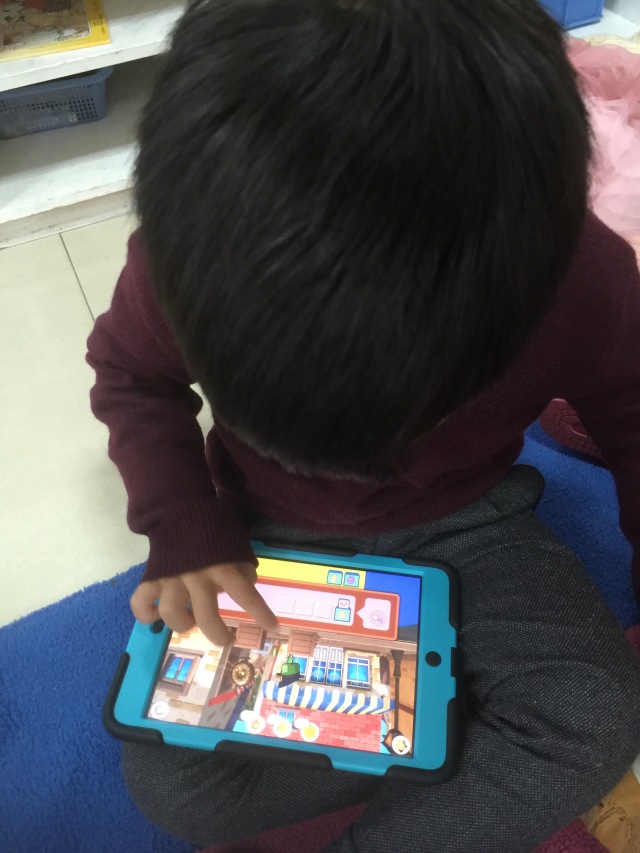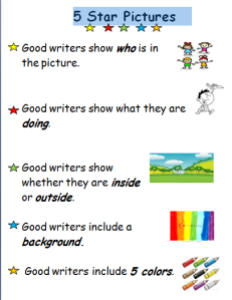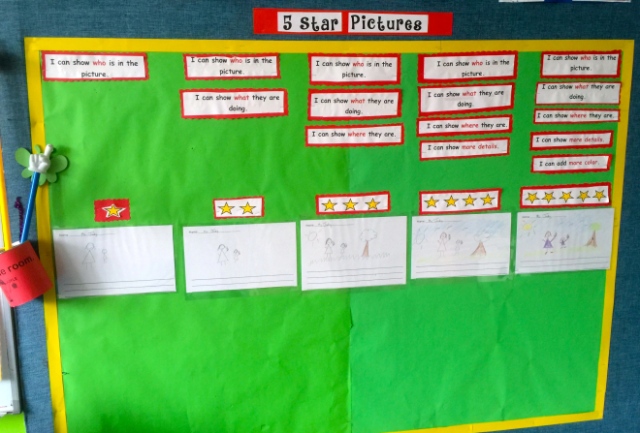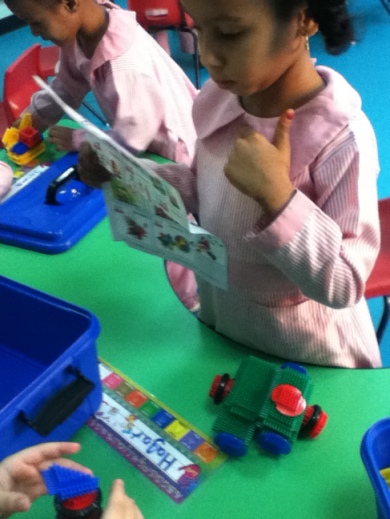Trandisciplanary Learning
Transdiciplanary -that sure is a mouthful to say and I think it might take me a lifetime to master but I love the process. I think of it as trying to link as many subject perspectives into a single learning context. A bottle neck of connections. In this case, it was the Central Idea: Humans have values and belief systems that can impact their actions.
As we embarked upon this inquiry, I wanted the students to ponder:
- How do we know what people believe in? (key concept: form)
- How do we know if the opinions we have about things are truly accurate (key concept: perspective)
So we began with our literacy link, investigating facts vs. opinions in the books that we had pulled from the library for this unit. I asked them to do some close reading (and yes, I used the magnifying glasses to illustrate this point), thinking of themselves as “data detectives”digging for clues. Students had to record this information in their journals. Later on we discussed what kind of data was commonly found, and if this was fact or opinion–how can we tell the difference in books, which they recognized as numbers, figures and dates.


After tuning in, I posed them how we might find out what our school community believes in.So now enters the math link, looking at the data management strand of our standards.The students agreed on a survey, in which we spent a couple of lessons developing their understanding of the mathematical principles of collecting and organizing data. We talked about 3 important elements to accuracy in our survey results:
- Good survey questions yield accurate data.
- We can’t assume answers, we must ask for clarification if we are unsure of their answers.
- The larger the survey sample, the more reliable our results.
The students then designed simple, yes/no/maybe questions about various beliefs, which mostly focused on s upernatural elements like Do you believe in God? Do you believe in ghosts?
upernatural elements like Do you believe in God? Do you believe in ghosts?
Students all agreed on a sample size of 30 respondents for their surveys, and started roving the corridors to ask their questions. Afterwards, we analyzed our data, and the students reflected on their results, which then circled back to literacy, in which they had to write these reflections. The students had no idea that they were doing “math” or “literacy” of course. They just knew it was “unit” time, and I think this is the key to what it means to this crazy word that I can hardly spell: TRANSDISCIPLANARY.
So now we segue way to how we can communicate our findings to our school community. Many ideas were suggested but we decided to use graphs. I toyed with teaching them the Excel program, but I determined that they really needed to focus more concretely on the math vs the technology–at least for now. So then began a couple serious math lessons on creating pie charts, in which we reviewed fractions and angles before we even began making the pie charts. When we made the pie charts, discussion arose about whether or not we should color them, and if we should use the same colors or different colors. Also, whether certain colors represented certain ideas; for example Yes should be green or yellow. At the end, the students agreed to let students represent their findings individually, and be open-minded to displaying their results in the way they wanted. I thought this was an interesting discussion, and it was a natural link to what they not only knew about each other socially and culturally but their beliefs about artistry. 
What I loved about this project, which grew out of a couple of questions, was that the students were highly engaged and involved–not in math, not in literacy, not in art–but in LEARNING! And although this unit is still underway, the thinking hasn’t ended because the project did; it continues on.
















